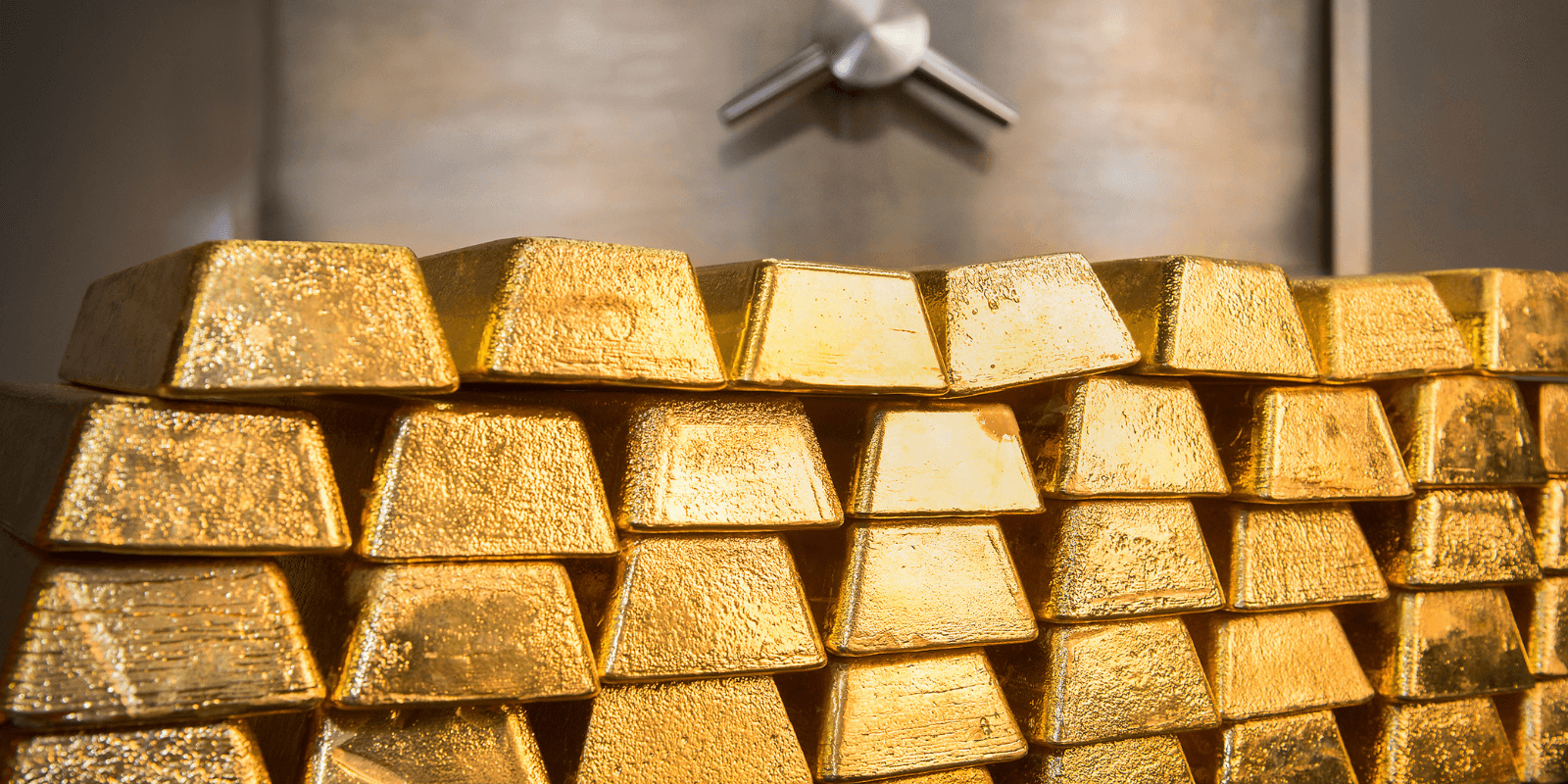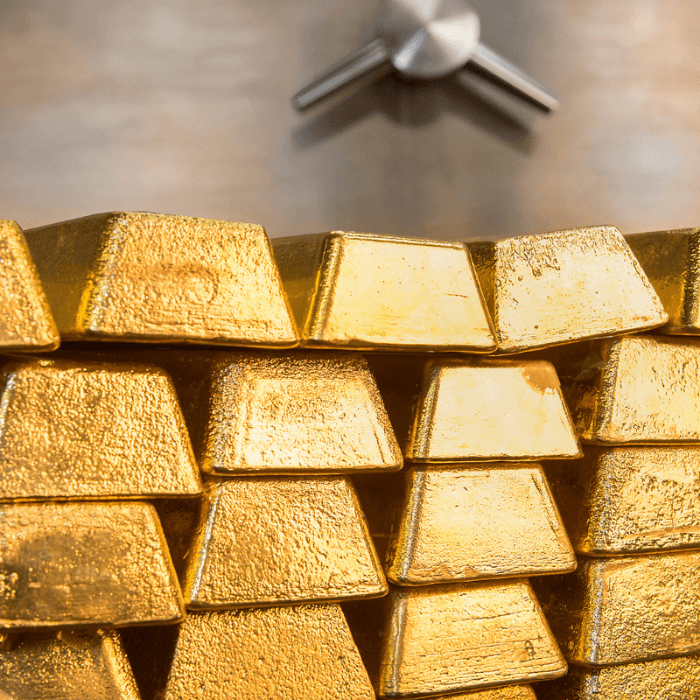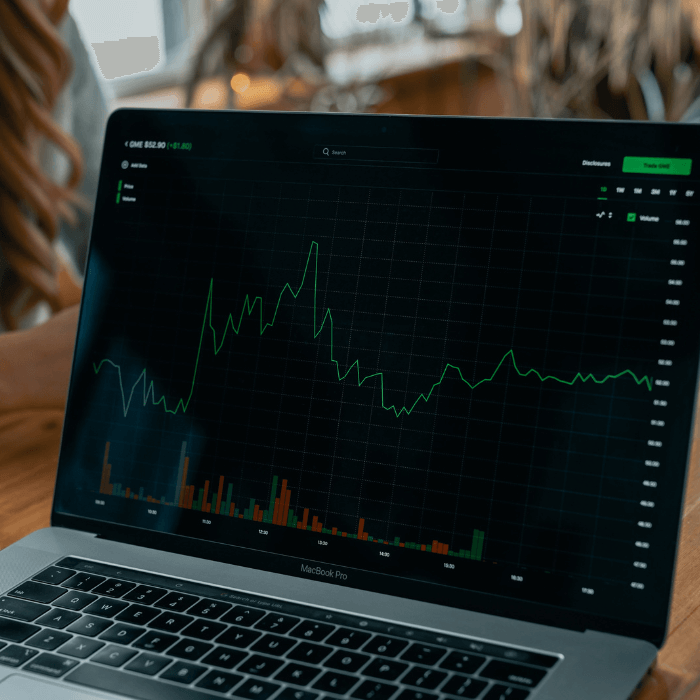
Gold is traditionally seen as a safe haven, a port in a storm, a store of value when war, disorder, famine or pestilence seem close at hand.
From supply and demand to changes in the economic climate, what factors really influence the price of gold? Until 1931, the price of gold determined our currency’s value. This meant that at any time you could take your paper currency into a bank and exchange its value for physical gold. During the ‘Great Depression’ in the 1930s, more and more people were exchanging their paper money for the precious yellow metal. Soon, the United Kingdom was in danger of running out of its gold reserves, and the ‘gold standard’ was eventually abandoned in 1931.
As of 2014, no nation uses a gold standard as the basis of its monetary system, although many continue to hold substantial gold reserves.
How is the Price of Gold Calculated?
The official price of gold is set twice a day: at 10:30am and 3pm GMT, apart from Christmas Eve and New Year’s Eve when there is only a morning fix. This is called gold fixing, and is decided by the London Bullion Market Association (LBMA). Although officially gold fixing is used to decide contracts between members of the London Bullion Market, it is unofficially recognised as the benchmark used to price gold across the world.
The LBMA looks at many factors when deciding on the price of gold for that particular day, including:
- Supply and demand
- Economic and political uncertainty
- Central bank buying and selling
- Inflation and interest rates
Supply and Demand
There is only a finite amount of gold in the world, so any increase, decrease or sudden change to the supply or demand of gold will have an impact on its price. For example, the largest purchasers of bullion are in the Chinese and Indian jewellery markets. The wedding season in India is traditionally in October, and that tends to be the time of year that sees the highest demand for gold. However, if people in these countries do not have the disposable income to spend, this will affect the amount they buy and therefore the price of gold. Diwali, the five-day festival of lights, celebrated by millions of Hindus, Sikhs and Jains across the world, also typically has a major impact on the price of gold during the autumn, with the precious metal playing a prominent part in the celebrations. A further example of the impact of demand on the price of gold is when, in 2002, Chinese citizens were granted the right to buy gold bars for the first time since 1949. This sparked a huge demand for gold bullion, which then affected the price of gold across the world.
More recently, there has been significant buying from global central banks. 2022 was not only the 13th consecutive year of net purchases, but also the highest level of annual demand on record back to 1950, a time when the US dollar was still following the gold standard.

Economic and Political Circumstances
The global economy has a large role to play in the amount of confidence the markets have in gold. When the economic situation is weak, investors tend to hold on to gold, as it’s considered to have intrinsic value, pushing up its demand and therefore its price. Just as the gold price peaks at times of inflation, disinflation tends to push down the price of gold as the pound strengthens and investors regain confidence. It’s the same scenario with the political situation. World events will always have a significant influence on the price of commodities such as gold.
The Seasonality of the Gold Price
Historically, the gold price tends to be lower over the summer months, with a noticeable increase in the autumn, which is partly due to seasonal demand from India and Diwali celebrations.
Central Bank Buying and Selling
The big buyers in the gold market tend to be central banks, and the amount they buy and sell traditionally affects prices. According to the World Gold Council, in 2008 over 60% of the world’s gold reserves were held by the central bank institutions of the United States, Germany, France, Italy and Switzerland, in rank order.
Fast forward to the current time, and Switzerland has been replaced by the Chinese central bank, with the Russian central bank appearing at number six in the list. The top central bank gold holders still command a similar percentage of reserves.
Potentially, if the current stockpiles of gold were to be sold off, the downward pressure on price could result in gold flooding the market, ultimately pushing prices down.
Inflation and Interest Rates
Historically, when interest rates have fallen, the price of gold has risen. This is true for most commodities. It is based on the theory that paper money may lose value, leaving gold with a stronger purchasing power. However, we cannot know this for certain as past performance does not guarantee future growth, but it can act as an indicator.
Historical Gold Price Performance
Prices Peak at Times of Crisis
Go back to January 1980. The Iranian hostage crisis was convulsing the US government, a new wave of inflation was sweeping across the world and tension between East and West was ratcheted up by the deployment of new nuclear weapons by both sides in Europe.
The cost of buying gold topped USD $800 an ounce. Had you bought then, you would still be down on the deal, despite the fact that gold is currently trading at around 1,950 US dollars an ounce*. That is because the dollar was worth rather more 43 years ago than it is today. Adjusted for inflation, January 1980 saw the peak, at about $3,000 an ounce in today’s prices.
Prices Fall in Times of Peace
The turn of the millennium is a good example of such a time. The Cold War was over, central banks seemed to have cracked the secret of running a ‘Goldilocks’ economy – not too hot, not too cold – and the internet promised exciting new industries and services.
Gold prices were on the floor. In 1999, the gold price averaged $278.98 an ounce, in 2000 it was $279.11, and in 2001 it dropped back to $271.04.
Almost nobody wanted to buy gold, an insurance policy against misfortunes that were believed to be in the past. Yet somebody was still buying gold because in 2002 the average price was back over $300 an ounce, topping $400 in 2004, and $600 in 2006.
With the arrival of the recession in 2008, gold bullion returned to fashion with a vengeance – the price of buying gold averaged well over $900 an ounce in 2009 and above $1,200 in 2010. Over the last 50 years, the price of buying gold had a long run-up from 1964 to 1980, a steady decline to the early years of this century, and then another upswing. Why?
To start with, until 1971 governments around the world tried to maintain a lid on the gold price as part of efforts to stabilise international currency markets. When the lid came off, a lot of pent-up demand was released.
Inflation, too, supported the price because more devalued pounds or dollars were needed to buy the same amount of gold. And, as we have seen, fears of conflict and disorder make buying gold more attractive because of the threat to the institutions that support paper money.
By contrast, the opposite of these factors – low inflation, with peace and stability – makes gold less attractive and the price often declines.
References:
- Intermediate Course Module One | The Royal Mint
- Advanced Course Module One | The Royal Mint
- Inflation Calculator | Find US Dollar's Value From 1913-2023 (usinflationcalculator.com)
- Central bank reserves by country: Central Banks Gold Reserves by Country | World Gold Council
The contents of this article, accurate at the time of publishing, are for general information purposes only, and do not constitute investment, pensions, legal, tax or any other advice. Before making any investment or financial decision, you may wish to seek advice from your financial, pensions, legal, tax and/or accounting advisors.









